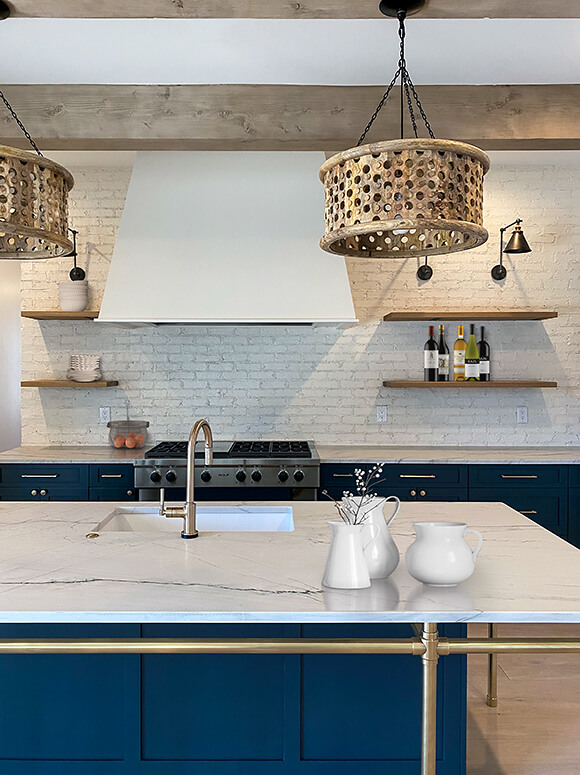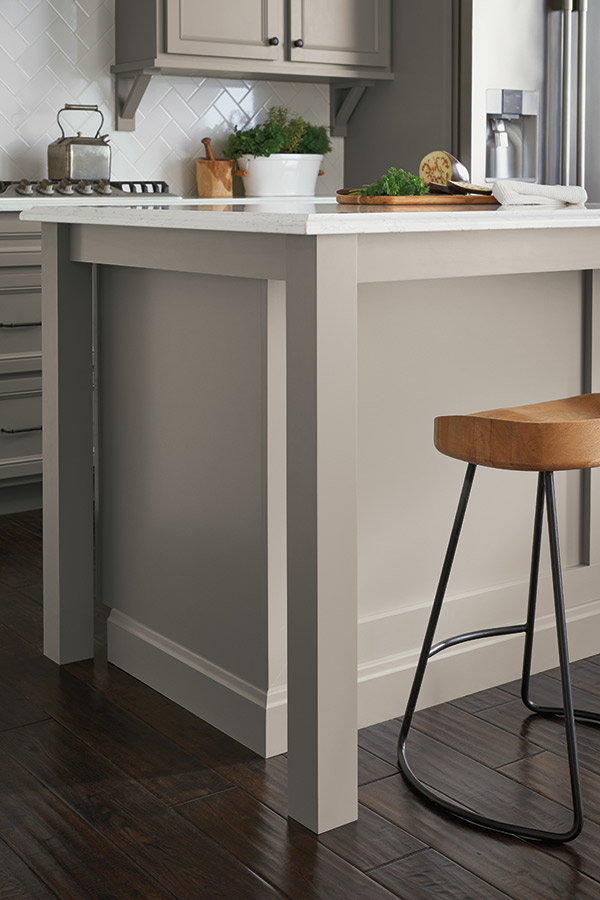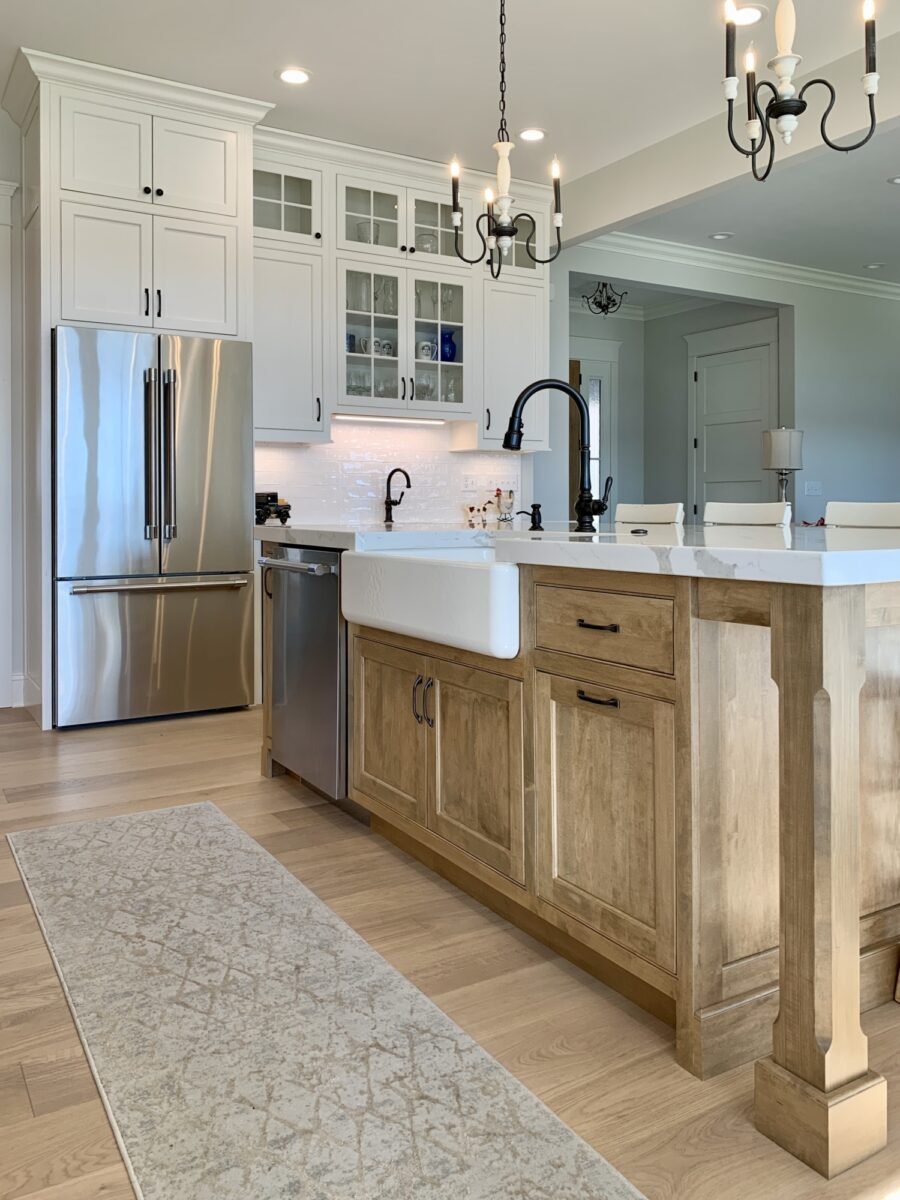Cutting-edge and Fashionable Layouts in Modern Legs For Kitchen Island Solutions
Cutting-edge and Fashionable Layouts in Modern Legs For Kitchen Island Solutions
Blog Article
Necessary Aspects to Take Into Consideration When Choosing Legs For Kitchen Area Island
Picking the appropriate legs for a cooking area island involves a cautious assessment of several factors that can substantially influence both performance and aesthetic charm. As we discover these elements, it ends up being clear that each choice can have far-reaching ramifications for the overall kitchen area experience.
Product Options
When selecting legs for a kitchen area island, recognizing the various material options is necessary for achieving both aesthetic charm and architectural integrity (Legs For Kitchen Island). The option of product dramatically influences not just the durability of the island however additionally its total design and performance
Timber is a preferred choice, using heat and convenience. Solid hardwoods, such as oak or maple, offer stamina and can be tarnished or repainted to match the kitchen design. Metal legs, commonly made from stainless-steel or functioned iron, contribute a modern and industrial feeling while making sure durability and stability. These products are immune to put on and can sustain significant weight, making them perfect for larger islands.
Another choice is crafted products, like MDF or plywood, which can be a lot more economical while still providing a variety of coatings. They might not give the exact same level of stability as strong wood or metal. Legs For Kitchen Island. Last but not least, products such as acrylic or glass can produce a contemporary look, though they might need additional assistance to make sure stability.
Ultimately, the option of product for kitchen island legs need to line up with the desired capability and the general theme of the cooking area.
Style and Layout

When considering style, the form and finish of the legs are crucial. Tapered legs can offer a sense of lightness and sophistication, while thicker, a lot more durable legs can communicate stamina and security. Furthermore, the surface-- be it painted, discolored, or natural-- ought to match the cabinets and countertop materials to create a unified appearance.
In addition, the layout of the legs can likewise show personal taste. Custom or decorative legs, such as those including complex carvings or distinct geometric shapes, can work as centerpieces, including personality and personality to the cooking area. Inevitably, the ideal option will not just improve functionality yet additionally raise the aesthetic allure, making the kitchen area island a standout feature of the home.
Elevation Factors To Consider
Choosing the ideal height for kitchen area island legs is crucial, as it straight impacts both performance and convenience. The conventional elevation for a kitchen island normally ranges from 36 to 42 inches, lining up with usual kitchen counter heights.

It is additionally necessary to account for users' elevations and choices. Personalizing the height can guarantee a comfy experience for all member of the family, making the kitchen area island an extra pleasurable and practical space.
Weight Assistance
Making sure sufficient weight support for cooking area island legs is crucial for both safety and capability. The kitchen area island often offers multiple functions, including food prep work, eating, and extra storage space, requiring a durable support framework. When selecting legs, it is vital to consider the general weight ability required based upon the island's intended use and the products that will be positioned on it.
The option of material for the legs plays a substantial function in their weight-bearing capabilities. Strong timber, here steel, and heavy-duty compounds usually supply premium strength compared to lighter products. In addition, the style of the legs-- whether they are directly, tapered, or have a pedestal type-- can influence their capability to disperse weight effectively across the framework.
In addition, the leg placement ought to be tactically intended to enhance stability. Legs positioned at the corners or with a larger base can much better sustain larger lots. Always speak with the maker's requirements regarding load limits to guarantee that the legs can maintain the intended weight without compromising safety. In summary, selecting kitchen area island legs with sufficient weight support is necessary for developing a useful and safe cooking room.
Setup and Maintenance
Appropriate installation and upkeep of kitchen island legs are vital for making browse around these guys sure durability and stability. This commonly entails protecting the legs to the island base using proper fasteners, making sure that the legs are level and lined up.
Once set up, normal maintenance is needed to preserve the honesty and appearance of the legs - Legs For Kitchen Island. For wood legs, routine cleaning with a wet cloth and application of appropriate timber gloss can avoid dampness damage and preserve their coating. Metal legs may call for a gentle cleaning option to get rid of grease and gunk, adhered to by a dry towel to avoid corrosion development
Additionally, examine the legs on a regular basis for indicators of wear or damages, such as cracks or loose joints. Tightening up screws or bolts as needed can also prolong the lifespan of the legs. By adhering to these installation and maintenance practices, property owners can make sure that their kitchen area island stays tough and aesthetically appealing for several years ahead.
Verdict

Visual comprehensibility is extremely important in selecting the style and design of legs for a cooking area island, as these components greatly influence the total atmosphere of the room. Tapered legs can provide a sense of lightness and beauty, while thicker, extra durable legs can share toughness and stability.Choosing the ideal height for kitchen area island legs is vital, as it straight influences both capability and convenience. In recap, selecting cooking area island legs with adequate weight assistance is important for creating a useful and safe cooking room.
In verdict, picking legs for a cooking area island demands cautious factor to consider of different elements, including material alternatives, design, height, weight assistance, and installment.
Report this page